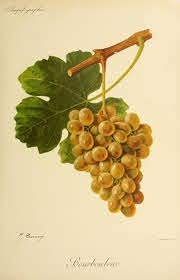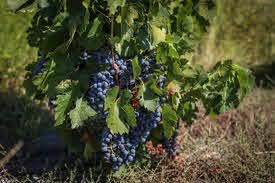What's new?
Since South Africa’s Wine of Origin system was introduced in 1973, vineyards have spread way beyond the traditional Western Cape. These, sometimes far-flung, new vineyards have required demarcation and Wine of Origin names.
At the largest end of the scale, Greater Cape is an overarching Geographical Unit, encompassing Western, Northern and Eastern Cape; blends across these latter three may be certified as Wine of Origin Greater Cape as well as individually certified WOs.
A smaller new demarcation is the Cape West Coast, a sub-region carved from the Coastal Region and originates in the frequent use of the term West Coast. Determining factors were temperature (cool, buffered by cold Benguela Current) and geology (mostly associated with sandy soils). Some of the well-known other Wines of Origin now lying within this new sub-region are the District of Darling and Wards of Groenekloof, Bamboes Bay and Koekenaap.
Wards fall between the larger district and individual Estate; they are named for a place within the Ward. Stellenbosch District is the latest to gain another and eighth Ward, Vlottenburg. This adjoins the Polkadraai Hills and tracks the south-facing slopes down to the Eerste River. Raats and Spier are two producers falling within its boundaries.1
Further north, in Northern Cape, the Central Orange River District has now been split into Wards focusing on each of the towns housing the cellars along the river: Groblerhoop, Grootdrink, Kakamas, Keimoes and Upington.
From Wines of Origin to vines of climate change. Thanks to the continued march of climate change, wine growers are looking for varieties able to withstand drought, retain acidity, as well as other attributes. Recent introductions are Marselan, a Cabernet x Grenache cross and one of the new varieties permitted to be grown in Bordeaux. Described by Jancis Robinson in Wine Grapes as ‘One of the most successful relatively recent French crosses,’ it made its way to South Africa, where both Johan Delport of Waverley Hills and Michael Malan of Simonsig, made the first wine in 2020. Michael Malan tasted it along with colleagues and other new varieties being evaluated at Vititech Vine Nursery in 2017. ’I got really excited; it was so good!,’ he enthuses, ‘Lovely pure fruit of Grenache and a bit more weight of the Cabernet all packed into one.’ In 2018, he planted 350 vines on shallow, poor soils. Since, the variety has shown it’s well-adapted to drought and this year’s crop, vinified in a single barrel, ‘displays good fruit with no vegetative character; I’m happy with the first results,’ Malan concludes.
Provence and Languedoc are home to the other two varieties, Bourboulenc, and Piquepoul Blanc. There are two older blocks of Bourboulenc, a certifiable variety years ago, but because no one certified or planted it, it was removed from the list. Blackwater’s Francois Haasbroek produces it under his Pleasure Garden label.2 If Bourboulenc is suited to warm, dry conditions, Piquepoul’s high acidity makes it an ideal blending partner. So far, it has been planted on Paarl farm, Brookdale.
Expect further varieties suited to the changing climate to make their way to South Africa in future.


- Blog by Angela Lloyd
Errata
- Raats is in the Polkadraai Hills Ward, not Vlottenburg Ward.
- Blackwater’s Pleasure Garden is Palomino, not Bourboulenc. The Bourboulenc carries only the varietal name.